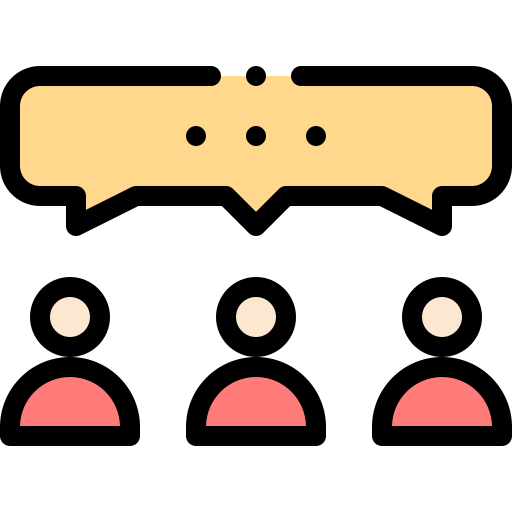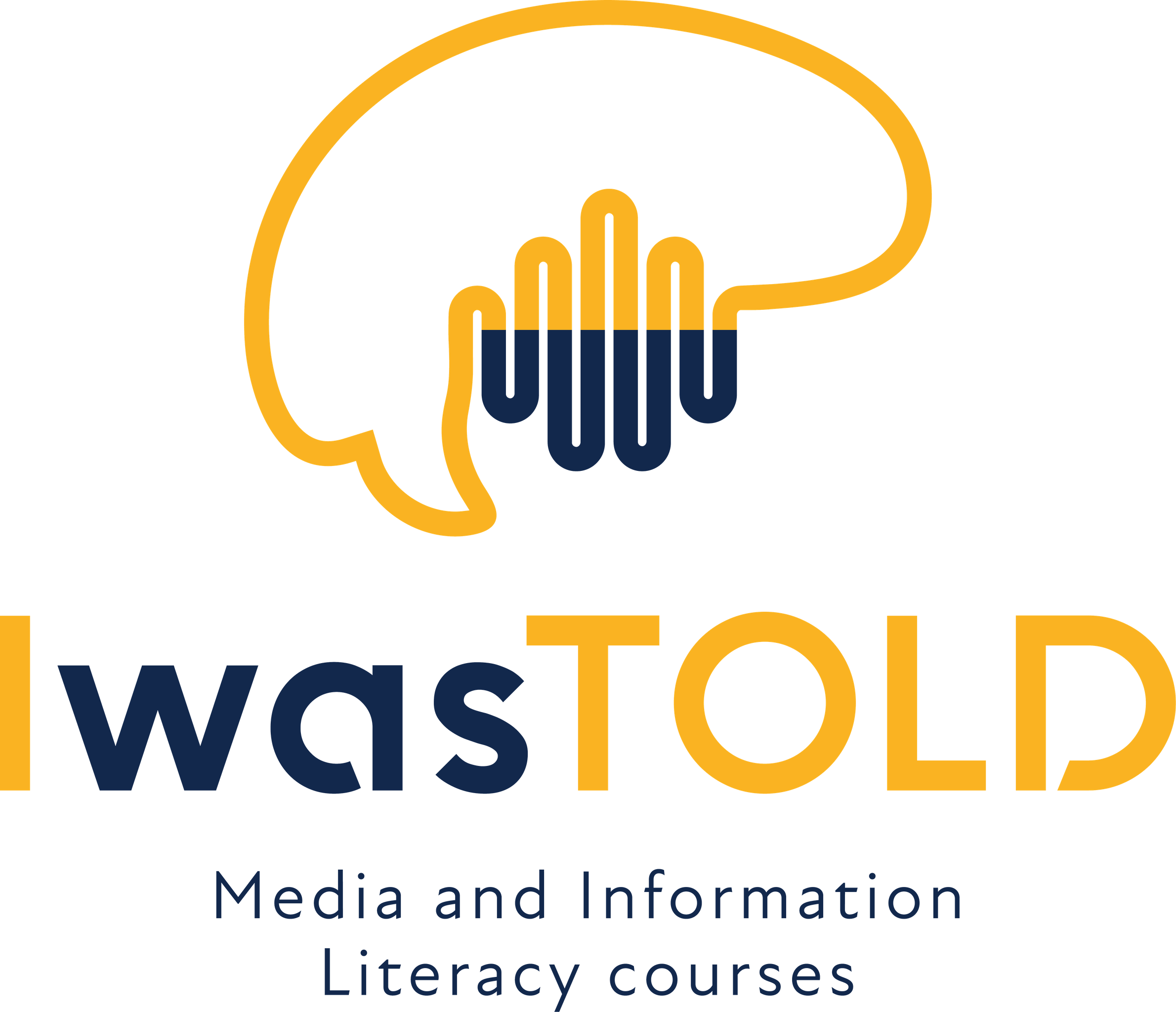Back to Course
3. CLASSICAL AND DATA STORYTELLING
0% Complete
0/0 Steps
-
Storytelling: narrative structures7 Topics|4 Quizzes
-
Language of media6 Topics|3 Quizzes
-
Storytelling With Data II. - Digital investigations in an era of data-driven journalism7 Topics|4 Quizzes
-
Infographics - Present statistics beautifully7 Topics|3 Quizzes
-
Charts in a website - Hack web developer tools for your stories7 Topics|3 Quizzes
-
Introductory to lesson
-
Creating a website is a personal way to become involved in a subject as well as a creative gesture
-
Make the most compatible as possible subject and aesthetic of your website through Google Sites
-
How be professional and have validity in publication?
-
Final Exercise of the whole lesson
-
Feedback on exercise
-
Additional learning material
-
Introductory to lesson
-
Online GIS6 Topics|2 Quizzes
-
Media analyses8 Topics|4 Quizzes
-
Using Piktochart to create infographics7 Topics|3 Quizzes
Lesson Progress
0% Complete
Course structure
The course consists of two parts. Each describes an individual tool based on the knowledge user has accumulated. The structure of these parts is simple and can be described in three stages:
- In the first stage, you will be working on two fronts at once – theory and practice. This type of learning will make it easier to absorb new information and will prepare you for a second stage – an assignment.
- The assignment is formulated so you would have freedom over your choices which in turn will give you the momentum to move forward and (we hope) will inspire you to either study additional learning material resources or come up with unique solutions by experimenting with the tool at hand on your own.
- The third step is like a finishing blow for each part of the course. Care to guess what it is? It’s a quiz. Each quiz consists of a batch of randomly generated questions which you will have to answer and achieve a passing mark.
Learning objectives
- Understanding the fundamentals of the geographical information system;
- Learning GIS-related tools from the easiest one to advanced;
- Using out-of-the-box thinking for visualization and analysis of any location-based data;
- Grasping the scale of possible usage of GIS, starting from personal maps and ending with complex and heavily data-driven maps in countless fields: journalism, medicine, ecology, history, sociology, politics, and so on.
Search the forum for any information related to this course. In case you can’t find what you are looking for – create a new topic of drop a message via chat option.

